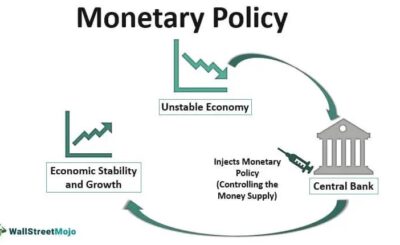The effectiveness of financial management tools and processes can greatly impact small finance organizations. You Need a Budget (YNAB) and Mint have become popular personal budget management apps as technology has advanced. Can YNAB’s money management system benefit small finance companies? How does it differ from the defunct Mint?
YNAB’s Financial Management Rise
Budgeting tool YNAB is popular for proactive financial planning and cost tracking. It promotes intentionality and financial management by assigning every dollar a job. The system promotes zero-based budgeting, financial objectives, and expenditure awareness. Before migrating understand ynab vs. mint difference carefully.
YNAB vs. Mint
Mint, unlike YNAB, pioneered personal finance management by providing a complete view of financial accounts and transactions. In 2009, Intuit acquired Mint, which provides spending insights, bill reminders, and credit score tracking.
Its passive tracking strategy set Mint apart from YNAB. Mint provided retroactive transaction categorization rather than proactive budgeting advice. Mint’s reactive nature limited small finance organizations’ proactive financial management, but it was fine for individual users seeking financial transparency.
Mint’s use of third-party data aggregation sometimes caused transaction updates to be inaccurate or delayed, which might hurt firms who need real-time financial data.
YNAB Benefits Small Finance Companies
Proactive Budgeting
YNAB’s zero-based budgeting pushes organizations to allocate every dollar for a defined purpose, promoting financial discipline and resource optimization.
Goal-Oriented Planning
Small finance organizations can connect their activities with strategic objectives and allocate resources efficiently by creating and tracking financial goals.
Prioritization
YNAB helps firms allocate resources and respond to changing market conditions by prioritizing expenses by priority and urgency.
Real-Time Insights
YNAB provides real-time financial transaction data, giving companies insights into their cash flow, expenditures, and budget.
Collaborative Features
YNAB lets team members collaborate on budgeting and financial planning, promoting transparency and alignment.
Flexibility and Customization
YNAB’s flexible foundation lets firms customize their budgeting tactics to meet their individual financial needs.
Main Differences and Considerations
YNAB has several benefits for small finance organizations, but it’s important to distinguish it from Mint:
- Mint tracks transactions retrospectively, while YNAB budgets proactively.
- YNAB’s direct link to financial accounts generally returns more accurate and timely transaction updates than Mint’s third-party aggregation.
- Both platforms provide subscription-based pricing, but YNAB’s value-driven expenditure philosophy matches many small financial organizations.
YNAB’s versatility in modification and connectivity with other financial tools and platforms lets firms adjust their financial management processes to their needs and preferences.
Conclusion
Both YNAB and Mint have improved personal financial management, but YNAB’s proactive budgeting mind-set and strong money management technology make it ideal for small finance organizations. The intentionality, goal-setting, and real-time insights of YNAB help organizations negotiate financial complexity with confidence and agility, fostering sustainable growth and prosperity. In the age of digital financial management, YNAB is a great partner for small finance organizations seeking financial success and resilience.








